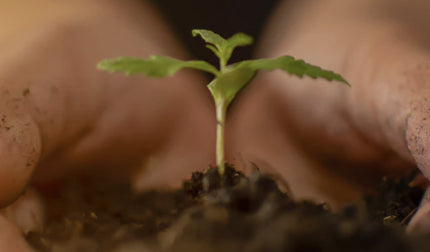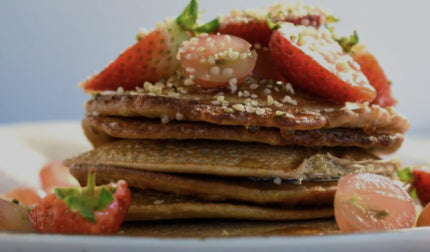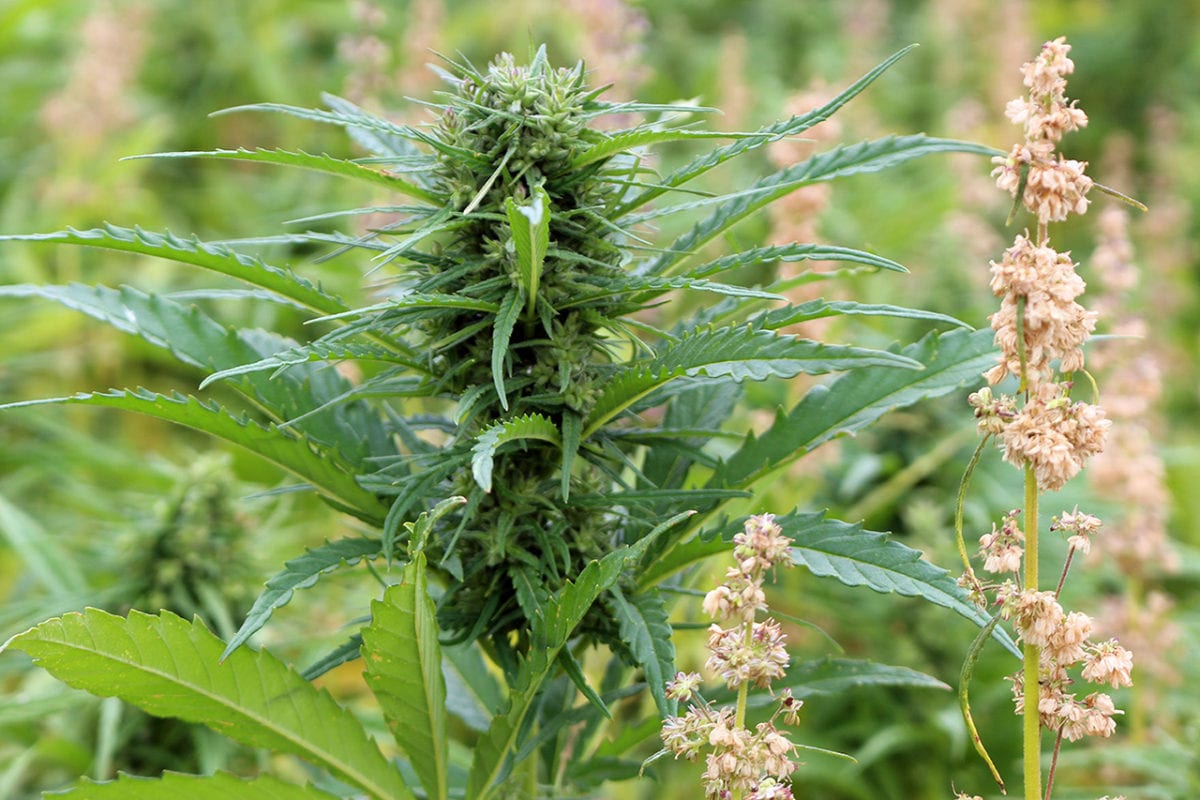Mother Nature pulled out all the stops when she created the industrial hemp plant as every part of its composition has many different functions and applications.
Technically known as Cannabis Sativa L. the industrial hemp plant is part of the Cannabacaeae family. From its stems to its leaves it’s the queen of multi-taskers and practically every consumable product can be made from it. Contrary to popular misconception, consuming hemp foods will not give you a psychoactive ‘high’, like its cousin marijuana. That particular usage will only come from the cultivation of a specifically bred female flower bud.
A Close-Up Look At The Framework Of Industrial Hemp
Industrial hemp is one of man’s oldest crops and can grow to full capacity within four months under a range of conditions. It’s known as industrial hemp rather than ‘hemp’ as it refers to the plants grown for food, fibre, fuel and textiles.
A dioecious plant, meaning that it can be male or female, industrial hemp also has a monoecious species which means the plant is both male and female or hermaphroditic. The difference lies with the nodes which sit at the stem/branch juncture. The male grows small pollen sacs while the female grows bracts (essentially a modified leaf) and the hermaphrodite has both. We use these in the Hemp Farm program.

The Seeds
Hemp seeds are produced when the male plant pollinates the female plant. Considered a superfood in the world of wellness they’re cold pressed into hemp seed oil, hemp protein powder, and hemp hearts (de-shelled seeds). These ‘superseeds’ have a slightly nutty flavor that is both delicious and nutritious. Rich in omega 3 and 6 they provide the optimal ratio of 3:1 for human health, are very high in high-quality protein, vitamin B and E and minerals like phosphorus, potassium, calcium, iron, sulfur, sodium, magnesium and zinc. Hemp seeds are also high in anti-inflammatory gamma-linolenic acid (GLA) and arginine. GLA has been shown to help with symptoms of arthritis, PMS and menopause and studies show that both GLA and arginine may contribute to the prevention of heart disease.
The versatility of these hemp seed foods is a boon to health-conscious cooks and vegetarians alike as they’re considered a complete protein source – a quality that can be challenging to find in the plant-based world. However, hemp foods provide similar amounts of protein to meats like beef and are readily made into easily digested dairy-free milk, gluten-free flour and butters. In addition, cold-pressed hemp seed oil provides a nutritious alternative to flax, avocado and olive oils.
In a nod to their versatility, hemp seeds can also be turned into biofuel offering a sustainable option to petrol.
The Stalks
The fibre rich stalks are a very important part of industrial hemp crops as it is from these that the widely used ‘bast’ and ‘hurd’ are formed.
When the stalk of industrial hemp is harvested it’s processed into two components, bast fibre and hurd. These can then be used for different purposes such as textiles, clothing and a multitude of other industry.
The long fibres or ‘bast’ are utilised for durable commercial products like rope, netting, canvas, textile and carpet with leftover fibres able to be used for paper and cardboard.
The stalk’s inner woody core is known as ‘hurd’ and can be used in industrial applications such as building insulation, hempcrete, animal bedding and mulch.

The Leaves
The fan-shaped leaves of industrial hemp make it an extremely attractive plant that can produce nurturing oils and compounds in abundance. The leaves contain many antioxidants which have potent properties for good health and are very beneficial for the quality of the skin.
The Roots
The roots of the industrial hemp plant have healing qualities that have been revered for centuries by ancient civilisations when they ground the roots and made oils, pastes and salves to help with chronic pain, skin conditions, gout and rheumatism. Indeed, this holistic use is believed to have originated in China as early as 2,800 BC.
Industrial hemp roots also have the ability to heal the earth. Their fast growing, root system needs very little water, can neutralise metals and other toxins and grows deep thereby reducing erosion and producing a large quantity of biomass which feeds nutrients back into the ground bringing decimated soil back to life.
The Queen Of Plants
After decades of misinformation and restriction industrial hemp is once again coming into its own with the public becoming knowledgeable about its versatility, adaptability and planet-friendly benefits. It can sustain our health, clothe our bodies, build our houses, beautify our skin, ease our pain and help mediate climate change. Mother Nature pulled off a pretty miraculous feat with this one.
If you know someone who may find this information of benefit please share it with them.
Use daily, we do!



